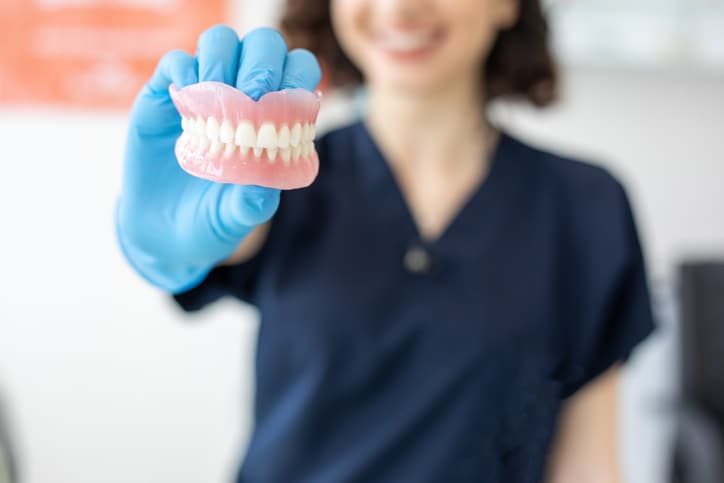 FAQs About Dentures
FAQs About Dentures
As your body ages, so do your teeth. Our natural teeth become more susceptible to decay and other dental health issues as we get older. Sometimes these dental health issues lead to the extraction of your natural teeth. Following this, your dentists can provide partial and complete dentures.
Dentures Overview
Dentures are a type of prosthesis used to accommodate missing teeth. These devices are typically removable, but some are bonded or implanted. When all teeth are absent, complete dentures are used. When only some teeth are missing, partial dentures are used. Dentures may be for the maxillary arch, mandibular arch or both.
Warning Signs
Soreness at the corners of the mouth: If your dentures alter the way your mouth closes, saliva may gather in the corners of the lips. This moisture can, over time, lead to conditions or infections like cheilosis or stomatitis. Your dentist can best determine the cause of soreness and how to alleviate it.
Irritation of the gums: Irritation can be caused by food particles rubbing against the gums after getting trapped under the dentures. Friction can lead to sores or bleeding, and if it’s persistent, you should see your dentist and rule out other possibilities.
Slippage: If dentures fit appropriately, there should not be an issue with suction. As the mouth changes, the seal between the gums and the device may weaken. If your dentures are not adhering the way they once did, contact your dentist.
When Dentures Are Prescribed
- When there is difficulty eating due to missing teeth
- When there is difficulty with pronunciation
- To restore the appearance of the patient’s smile and overall facial structure
Types of Dentures
Dentures will fall into one of two groups: partial or complete.
Partial Dentures
Partial dentures, or bridges, are attached to the teeth to fill in gaps where other teeth are missing. Bridges may be removable or may sit in a fixed position using a crown. Bridges help maintain the appearance of a healthy smile while also keeping the remaining teeth in their proper alignment instead of shifting over time.
Complete Dentures
Complete dentures replace an entire arch. Following a few months of total tooth loss, conventional dentures are placed in the patient’s mouth. This is done to allow the gums a chance to heal. Immediate dentures can be used immediately following the extraction, but immediate dentures do not allow for the tissue and bone to settle, which will require adjustment over time. Immediate dentures are generally exchanged for conventional dentures as time goes on.

 FAQs About Dentures
FAQs About Dentures